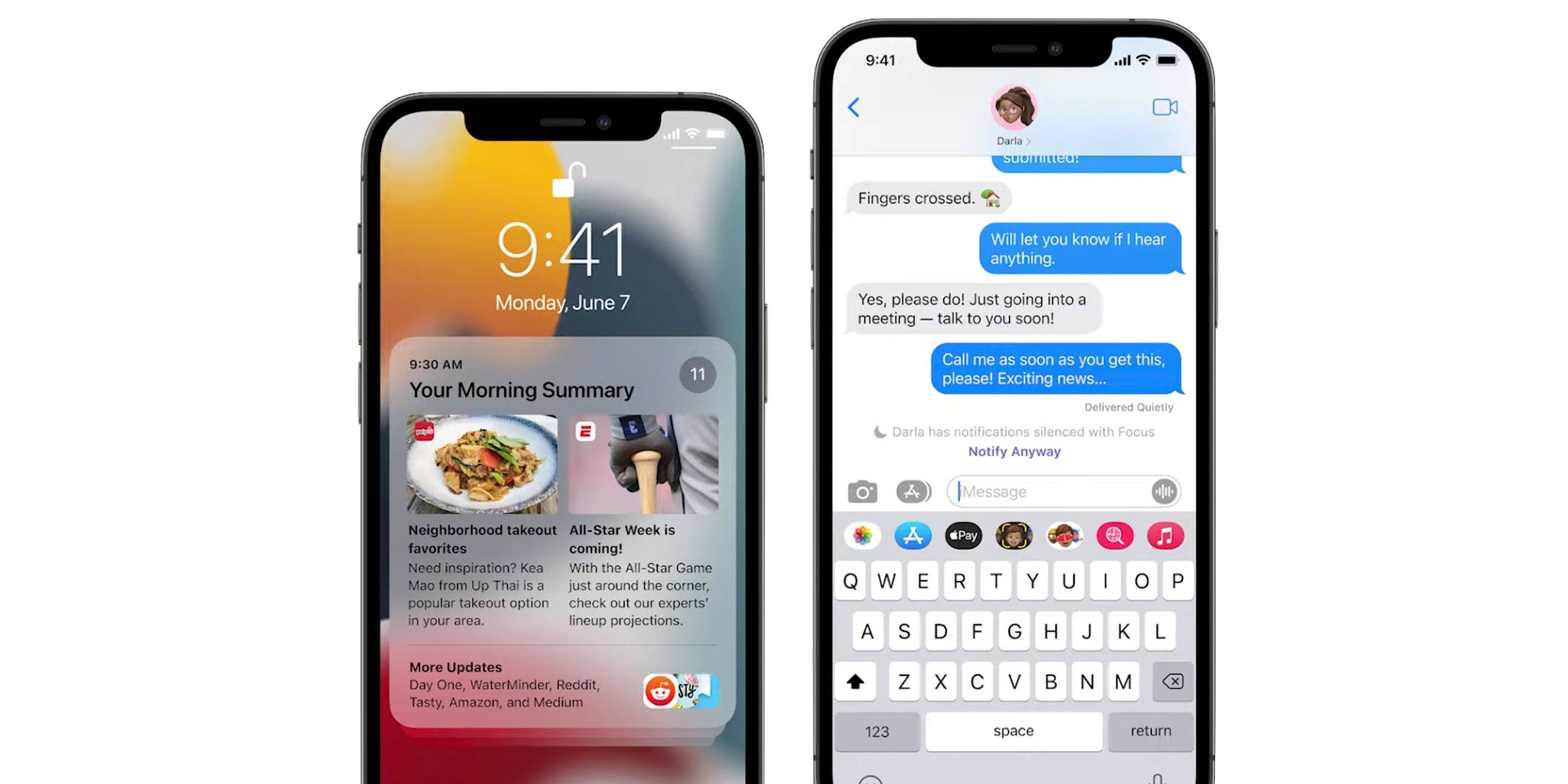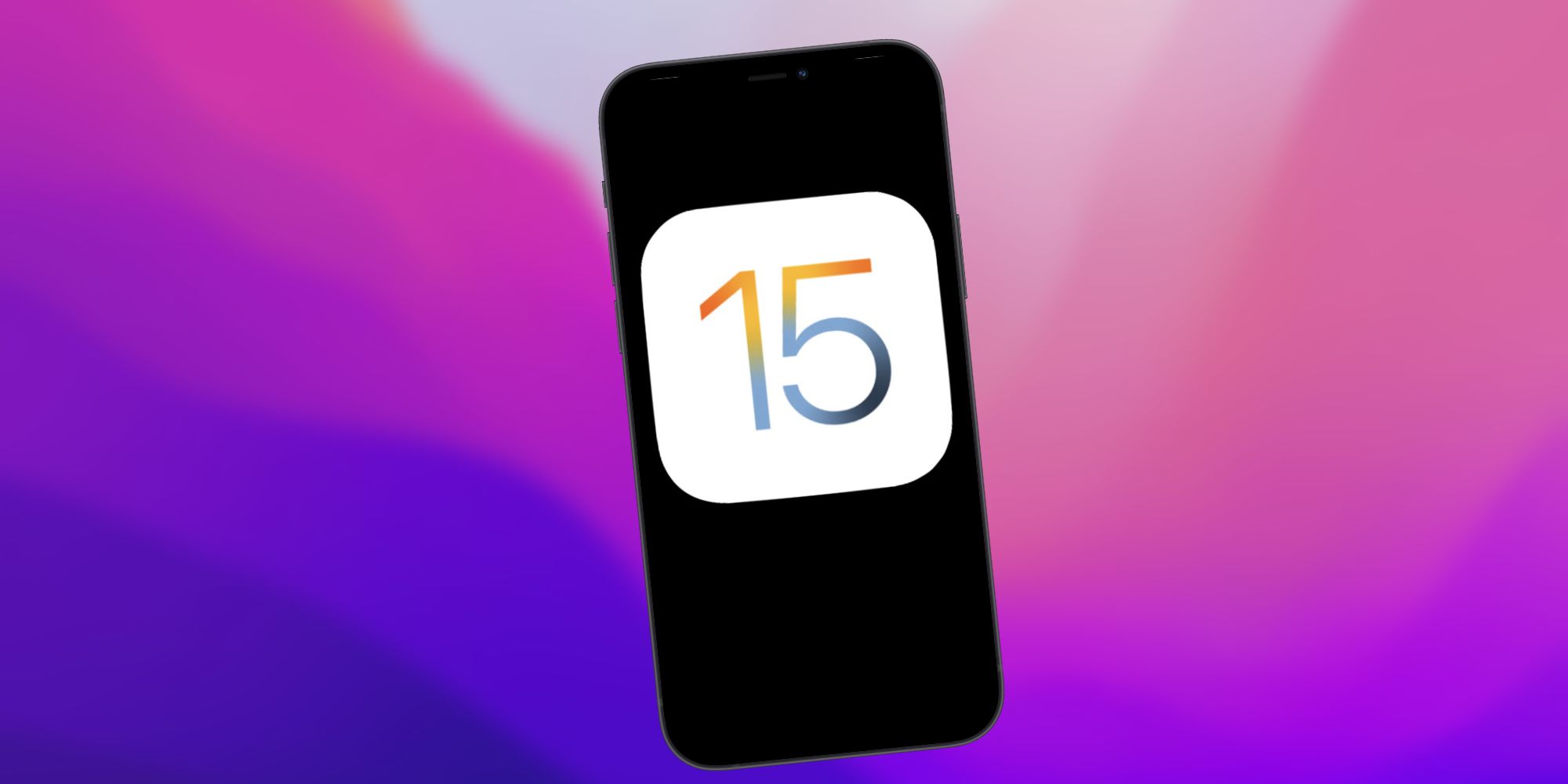One of Apple's greatest strengths with the iPhone is that software updates are immediately released for all users at the same time. With the iOS 15 update, however, it appears that a lot of users still don't have it. iOS updates are often an exciting thing. Once per year, Apple unveils its latest iPhone software during WWDC. Following a few months of developer and public betas, the update is released to the masses for everyone to use.
2021's update took the form of iOS 15. iOS 15 lacked the same hype/excitement that surrounded iOS 14, but it's still a solid piece of software in its own right. It adds a ton of new FaceTime features, Focus modes, revamped notifications, and redesigned Safari and Weather apps (among other things). Minus a few bugs here and there, iOS 15 was essentially a souped-up version of iOS 14 that came before it.
That's what makes this latest news so interesting. On January 13, Apple revealed iOS 15 adoption rates across all iPhone users. 73 percent of iPhones released in the last four years are now running iOS 15, while 63 percent of all iPhones (regardless of their release date) have the update. Those are really good numbers, especially compared to Android. In November 2021, Google revealed that Android 11 — an update released in 2020 — was on just 24 percent of devices. 2019's Android 10 still accounted for over 26 percent of devices, with there being no mention of the latest Android 12 version. However, this is still a step backward from iOS 14. A few months after it came out, iOS 14 was on 81 percent of recent iPhones and 72 percent of total devices — nearly a 10 percent drop year-over-year.
The Real Reason Why People Aren't Downloading iOS 15
Although Apple doesn't directly mention it in this adoption report, it's easy to guess why fewer people have updated to iOS 15. When iOS 15 launched, Apple did something it's never done before: It allowed iPhone users to remain on iOS 14 and still receive important security updates. Apple encouraged users to get iOS 15, but if they weren't ready to leave iOS 14, they had that option.
Why are people choosing to skip iOS 15? There are a number of possible explanations. The update was plagued with some annoying bugs when it initially launched. It's possible that deterred some users from updating, and they haven't gotten around to it since. There's also a good chance some iPhone users simply aren't aware that it's available. Not everyone keeps tabs on the latest iOS news, and if they kept getting options to download iOS 14 updates, they may not have realized iOS 15 was available.
Whatever the reason, Apple's apparently working to push those remaining few over to iOS 15 as quickly as possible. The most recent iOS 15.2.1 update no longer shows the option to download an alternative iOS 14 update — suggesting the ability to remain on iOS 14 is going away. Apple rarely walks back on new features like this, but if it was causing lower adoption rates for the company, it's a surefire way to get more devices on iOS 15. Just in time for iOS 16 to come out in a few months.
Source: Apple


